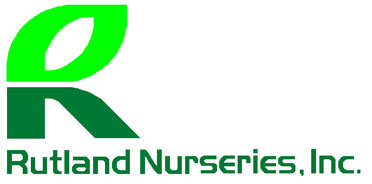What Native Plantings Are Recommended for the Newton and Westborough, MA, Areas?
Many landscape specialists may steer you away from elaborate Newton and Westborough, MA, landscape plantings to simpler, more native tree and plant selections. Here are some native plantings that can bring color and sustainable greenery to your yard with a minimal need for maintenance.
Related: Ideas for Plantings: Top Landscaping Choices to Improve Your Backyard View in Holden, MA
What Are Native Plants?
Native plants are those that occur naturally in a certain region or climate. They have formed a symbiotic relationship with local insects and animals to help the ecosystem function, such as through pollination.
When they are planted here, these plants are less likely to need invasive pruning or extensive attention since they thrive in the weather and soil of the Newton and Westborough areas. If you pay close attention, you may notice some of them growing in the woods and fields as some of them can bring the area glorious color and beauty all year long.
Native Plantings for Our Area
Native trees can grow quite large over a number of years to provide shade and fall beauty as the leaves change.
Red maple or swamp maple trees are considered some of the most common deciduous trees in our area. This is a fast-growing tree that spreads by seeds. You can see the red blooms in spring that precede the leafy, green branches. These maple trees tend to bring bold fall colors in October.
Gray birch trees boast gray/white bark and grow unassisted in most any condition.
White cedar trees can grow up to 90 feet and are tough, resistant trees with small cones.
American holly trees are an evergreen, broadleaf tree that boasts red berries throughout winter.
Many native shrubs are robust with berries and interesting textured bark.
Ironweed grows up to 6 feet and boasts showy purple flowers. Your landscapers can plant it in landscape beds for a tall, reliable blooming shrub that needs minimal maintenance.
Chokeberry is a variety that has glossy, green leaves that turn red in the fall. It forms miniature fruit that attracts bees, butterflies, and other small animals. You can use chokeberry for a border shrub and to help combat erosion.
Honeysuckle bush is a nesting site for birds with flowers that start as yellow and change to pink and red in the fall.
You have likely seen native grasses along the side of the road and in the woods, but these grasses can also offer wispy, tall fronds that sway in the breeze to residential landscapes.
Pennsylvania sedge grows well in low, sandy areas and forms small tufts. It is often considered a perfect option for hillsides, edges of wooded spaces, and as an accent plant.
Wavy hairgrass grows well in a rock bed and gives small animals food and cover in winter.
Bottlebrush grass resembles an actual bottlebrush with its spikelets. This is one of the native grasses that can tolerate full shade.
Switchgrass is known for growing up to 6 feet tall and spreads rapidly over an area, making it a good choice for erosion control and areas where you don’t want grass that requires constant mowing.
Related: 6 Answers to Common Questions About Plantings in Concord and Wellesley, MA
About the Author
Our custom design styles and planting options can reinvigorate your home’s entrance or revitalize your backyard. Whether you’re looking to add an outdoor kitchen or need the personal touch of estate ground maintenance, we stand behind our high level of service and expert workmanship.

